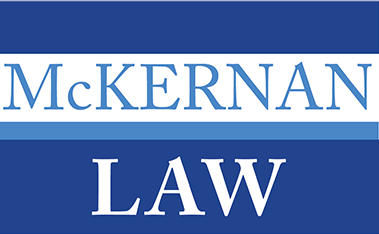Ready to sell an investment property?
If you own an investment property and are thinking of selling it, if suitable, engaging in a 1031 “like-kind” exchange may be a smart move. When done correctly, a 1031 exchange will allow you to defer all or part of the capital gains and depreciation recapture tax you would otherwise need to pay upon completion of your property sale.
1031 exchanges have many moving parts. Here is a closer look at four important things you need to be aware of before getting started.
ASSEMBLE A TEAM OF EXPERTS:
Putting together a team of experienced professionals right away is important to help ensure your 1031 exchange goes smoothly. The first step is to choose a reputable Qualified Intermediary (QI).
This party is responsible for preparing and managing your important documents that apply to the relinquished and replacement properties and ensuring you comply with all necessary regulations. The QI also serves as the custodian for the sales proceeds from your property and is responsible for holding the funds until you are ready to complete the exchange.
In addition to your QI and investment professional, others you may want to add to your team include a real estate agent or broker, attorney, and CPA/Accountant. When creating your team, take the time to make sure each party you choose is intimately familiar with the intricacies of a 1031 exchange.
UNDERSTAND ALL CRITICAL TIMELINES AND DEADLINES:
If you fail to meet any necessary deadlines, your 1031 exchange will fail and you will lose the tax advantages. Therefore, it is critical to understand the required timelines and make sure you have a plan in place to meet them.
First, you have 45 calendar days from the day you sell your relinquished property to identify your replacement property or properties (more on that in a moment). You then have a subsequent 135 days to close on those identified property(ies), totaling to 180 calendar days to complete the entire exchange from sale to finish. It is important to note that these timelines run concurrently, so if you take the full 45 days to identify your property, you only will have 135 additional days to close on it.
LEARN THE BASICS OF PROPERTY SELECTION:
IRS rules allow investors to choose from one of three identification rules. You can either…
1. Identify up to three replacement properties and close on any number of them;
2. OR… You can identify more than the three individual properties as long as the total value doesn't exceed 200% of the value of your relinquished property sale;
3. OR… In some special cases, you can identify an unlimited number and value of properties so long as you close on at least 95% or more of those identified properties.
These rules get tricky and, if not done properly, can cause a failed exchange. The selection process is a bit complex, so it's best to consult with your team to ensure you're making a suitable choice.
Once you have identified specific properties in writing to your QI, you will have met the first deadline. Then, you will be able to purchase one or more of the properties (consistent with IRS rules) to complete your exchange.
ALWAYS HAVE A BACKUP PLAN:
If anything goes wrong with your property purchase, your 1031 exchange could fail. For this reason, it is always a good idea to identify more than one replacement property. Even if you think you know which property you want to purchase, it's crucial to have a “backup plan” in place.
Using the Delaware Statutory Trust (DST) to name additional properties as your second and third possibilities will provide you more flexibility and ensure you aren't left high and dry if your first choice has a problem closing.
CONSULT WITH A 1031 EXCHANGE EXPERT:
A 1031 exchange is a common solution for many property investors. However, simple mistakes can often lead to costly results. If you're thinking about exchanging your investment property, we are available to answer your questions and help guide you through the process.
Got questions or clarifications? Contact Kevin on kevin@kmckernan.com or 718-317-5007
